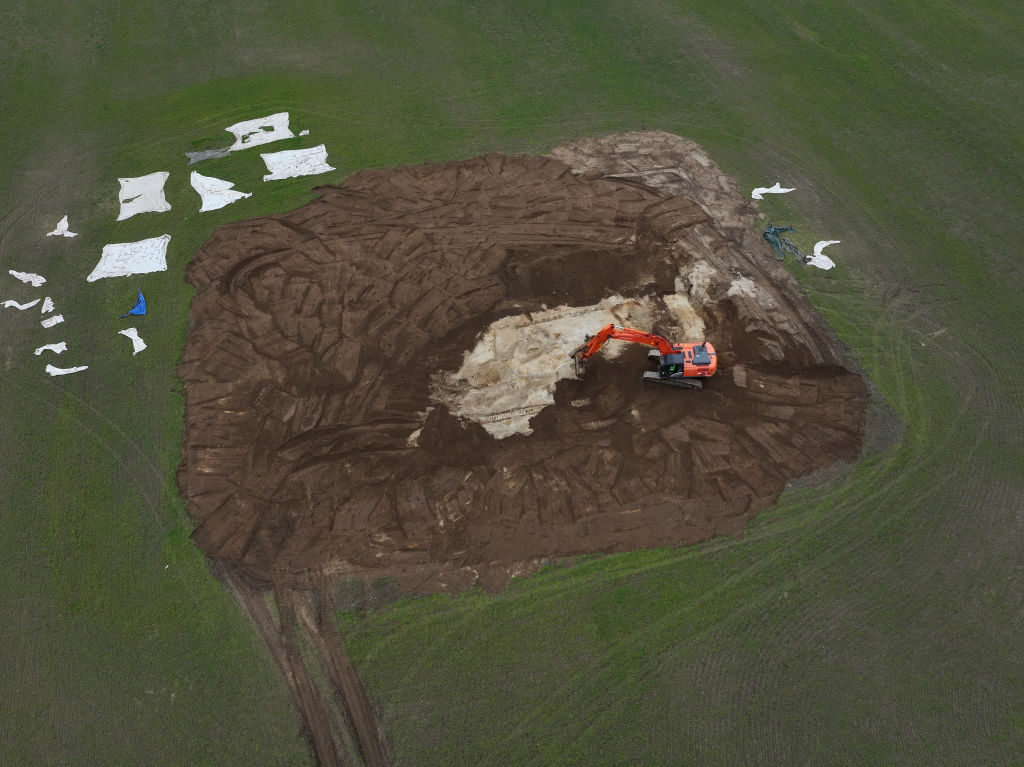Archaeological Discovery in Northern Germany Creates Sensation
A recent archaeological discovery is making waves in the scientific community, as a team of researchers from University College Dublin, in collaboration with researchers from Serbia and Slovenia, unveiled a groundbreaking find. Using satellite images and aerial photography, the team revealed a previously unknown network of massive sites in the heart of Europe, shedding light on the emergence of the continent’s Bronze Age megaforts.
Lead author Associate Professor Barry Molloy from UCD School of Archaeology stated that they pieced together the prehistoric landscape in the south Carpathian Basin of Central Europe and unveiled over 100 sites that were part of a complex society. These sites served as precursors to the well-known hillforts of Europe and played a crucial role in the community’s protection.
The massive sites, including Gradište Iđoš, Csanádpalota, Sântana, and the expansive Corneşti Iarcuri, were surrounded by 33km of ditches and surpassed contemporary citadels and fortifications of the Hittites, Mycenaeans, or Egyptians in size. Dubbed the Tisza Site Group (TSG), these previously unknown communities were located within 5 km of one another along the Tisza and Danube rivers, forming a cooperative community network.
The discovery indicates that these massive sites were not isolated but were interconnected components of a thriving and connected society. The findings offer valuable perspectives into the interconnections within Europe during the second millennium BC, a crucial epoch in prehistory. This latest investigation underscores the pivotal role of the Tisza Site Group (TSG) as a hub of innovation in prehistoric Europe, exerting influence over the region during the height of the Mycenaeans, Hittites, and New Kingdom Egypt around 1500-1200 BC.
The researchers emphasized the unprecedented view offered by this research, noting that it gives an unprecedented view of how these Bronze Age people lived and interacted with each other and their many neighbors. Most sites were established between 1600 and 1450 BC, experiencing mass abandonment around 1200 BC, a period characterized by widespread societal collapses across southwest Asia, north Africa, and southern Europe.
The results of the team’s efforts were published in the journal PLoS ONE, showcasing the cutting-edge technologies and on-the-ground methods used to validate their groundbreaking findings. This discovery is a testament to the innovative methods used in the field of archaeology, setting a new standard for uncovering the mysteries of ancient civilizations.

I have over 10 years of experience in the cryptocurrency industry and I have been on the list of the top authors on LinkedIn for the past 5 years. I have a wealth of knowledge to share with my readers, and my goal is to help them navigate the ever-changing world of cryptocurrencies.




